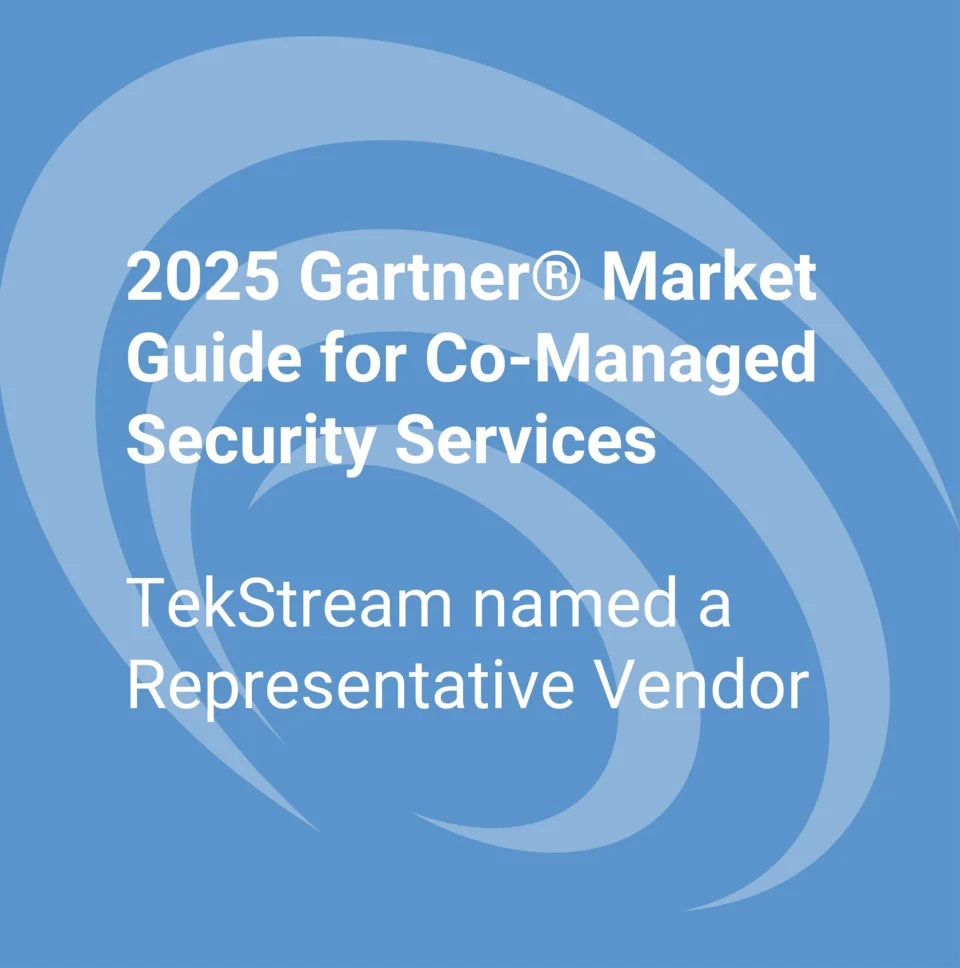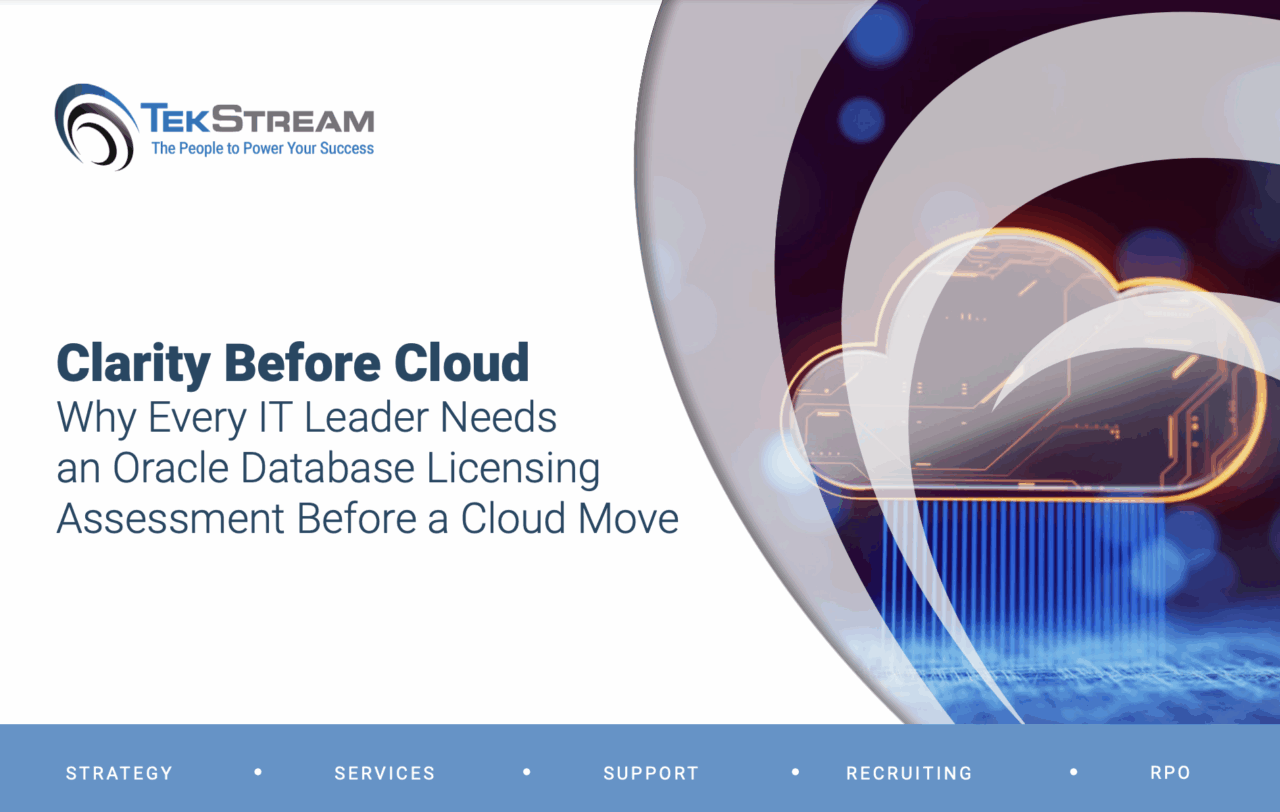Time to Be Trendy… What is Your Data Analysis Telling You?
William Phelps | Senior Technical Architect
That tired old cliche of “time is money” is readily exemplified by looking at casinos and major retailers. Customers of both probably have never noticed that an accurate clock or other time device is not displayed in either type of establishment.
Casinos typically have no windows either, as they really do not want the patrons to know how long they have been at the slots or sitting at the gaming tables.
Big box stores and mass retailers have a slightly different game plan. Each store is meticulously laid out and optimized to entice customers to buy merchandise.
For every minute over thirty minutes spent in a retail establishment, a consumer will spend $1 per that additional minute on average. This means that a customer that wanders around the store for 45 minutes will spend at least $15. But is that customer really wandering, or do they have a plan?
If retailers cared to examine the data found on a simple cash register receipt, the retailer could (and would) know where exactly in the store that customer was looking, since they will know by the store layout design the general traffic pattern traversed by the customer throughout the store. By placing the biggest ticket items, like electronics, at the very back of the store, it’s ensured that every time a flat-screen TV is purchased, for example, the customer has been exposed to many smaller priced items on the journey between the TV display area and the exit. If the customer happens to buy snacks in addition to the TV, what else could a retailer place along a consistently traveled path by customers moving between point A (the TV) to point B (the snacks) that they might be enticed to buy? DVD endcaps, for example, could be placed on aisles between the two sections.
Whatever the layout design choice is, it’s not by random chance. It’s done by using old-fashioned “numbers crunching,” today known by the trendier term “data analysis.”
There are decisions made every day in every business where accurate and timely data analysis is crucial. The reasons may vary and can be very subjective, but the overarching reason is simple: to enable your worker (and by extension the business) to work both smarter and faster.
In the example of the simple cash register receipt data, flow patterns and foot traffic count can be derived. In the case of a restaurant, receipting data may be useful to know that historically the dinner crowd comes in around 4:30 p.m., rather than the typically expected 6 p.m., and managers can staff accordingly. In the retailer example, maybe the kiosk worker giving out free yogurt samples should come later in the evening if foot traffic is heavier in the afternoon than in the morning.
To paraphrase Mark Twain, “If you don’t look at the data, you are uninformed. If you simply read the data, you may be misinformed.” In a world of information overload, however, there is only a small amount of data analysis that can be reasonably consumed at a given time. It’s still prudent and necessary to use your time on gathering insights. These tidbits can come in via many avenues, where properly aggregated data can help identify crucial pinch points, such as:
- • Do we have enough people to do the job at hand? Do we have too many people at the wrong time? How can we tell if we have the proper headcount?
- • Advertising spends and returns on spend: Are we targeting the right audience? Are we spending in the right outlets? How do we know?
- • Do we receive the full benefit of systems/processes that we have paid for? As an example, are we losing early discounts or other time-sensitive incentives, or are there other ways to measure return on investment accurately?
In the case of information systems:
- • Does our current infrastructure/ecosystem support projected volumes? What exactly is that volume projection? How can we come up with an educated number on actual system performance metrics?
- • Are the current systems at or over capacity, or are they under-utilized? What metrics will tell us whether we need to scale up or scale down?
- • Do we have systems or processes that should be sunsetted? Would that give rise to newer/different approaches?
Sometimes it’s simply “knowing the unknown.” Can we spot trends or occurrences that may lead to either a desirable or undesirable outcome? The key is that a general direction could be derived through data analysis. It’s up to the reviewer to take an action (and whether the lack of action is still a viable option).
Here are 8 Benefits of using document understanding to mine unstructured data. If time is truly money, isn’t it worth some time to look at the data that may be hiding in plain sight in server and application logs?
Contact us for more help with data analysis!








